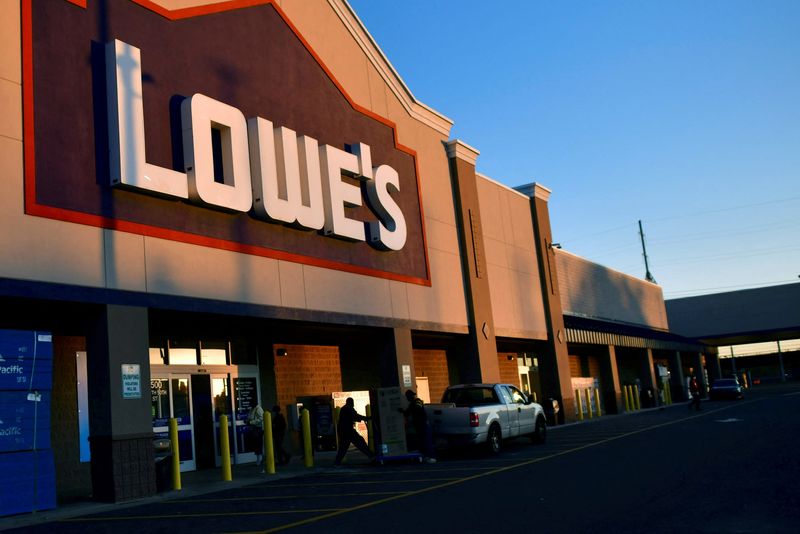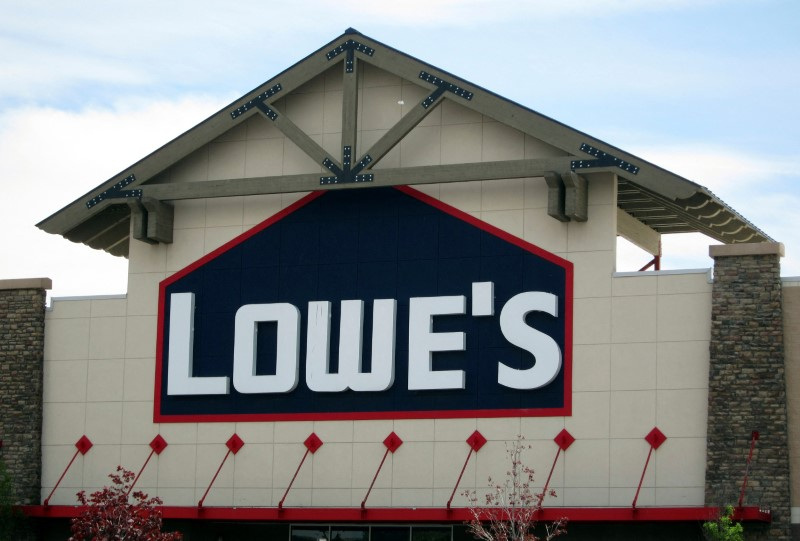By Deborah Mary Sophia
(Reuters) -Lowe's said on Tuesday consumer sentiment was improving after it topped Wall Street estimates for quarterly profit and comparable sales, as sustained spending on smaller projects countered a broader lull in the home-improvement sector.
Spending on small-scale repair and maintenance work helped home-improvement retailers counter a fall in demand for big-ticket items, amid a challenging housing market and stubborn inflation.
Lowe's (NYSE:LOW) said disposable income at U.S. households started to improve over the past quarter, which is boding well for the industry.
"We started to see consumer sentiment turn more positive on the Do-It-Yourself customer side... What we're looking for now is just that the (sentiment improvement sustains)," CEO Marvin Ellison said in an interview.
A delayed spring season also pushed demand for goods such as garden equipment and outdoor supplies into the quarter from earlier in the year, helping Lowe's and larger rival Home Depot (NYSE:HD) top quarterly results estimates.
Ellison added he expects Lowe's to outperform the home improvement market in the second half of the year "irrespective of what the macro environment presents," citing strong online sales and growth in the company's Pro-customer business that caters to professional builders, contractors and handymen.
While the pro-customers were working on slightly smaller projects, they still had a healthy backlog of projects left, Ellison noted.
Shares of North Carolina-based Lowe's rose 3.4% to $224.90, after the company reported a drop of 1.6% compared with Refinitiv estimates of a 2.36% fall in second-quarter same-store sales, and maintained its 2023 sales and profit forecasts.

"Lowe's has invested a lot in Pro-products, services and strategies to help attract the Pro-customer... The positive trends (are) certainly reflective of the fact that their investments are paying off," said Telsey Advisory Group analyst Joe Feldman.
Lowe's second-quarter per-share earnings of $4.56 also topped estimates of $4.49, driven by falling lumber prices and tighter cost management.
